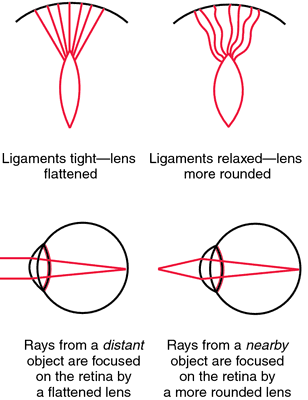A client comes into the clinic complaining of facial pain, fever, and malaise. On examination, the nurse notes swollen turbinates and purulent discharge from the nose. The client also complains of dull, throbbing pain in his cheeks and teeth on the right side and pain when the nurse palpates the areas. The nurse recognizes that this client has manifestations of:
Maxillary sinusitis
Nasal polyps.
Frontal sinusitis.
Posterior epistaxis.
The Correct Answer is A
A. Maxillary sinusitis:
Explanation: The client's symptoms of facial pain, fever, malaise, swollen turbinates, purulent nasal discharge, and dull, throbbing pain in the cheeks and teeth on the right side, especially when palpated, are indicative of maxillary sinusitis. Maxillary sinusitis refers to the inflammation of the maxillary sinuses, which are located in the cheek area. The symptoms described align with a bacterial infection in this sinus.
B. Nasal polyps:
Explanation: Nasal polyps are soft, noncancerous growths on the lining of the nasal passages or sinuses. While they can cause nasal congestion and a runny nose, they do not typically present with the specific symptoms mentioned in the scenario, such as facial pain, fever, and purulent discharge.
C. Frontal sinusitis:
Explanation: Frontal sinusitis involves inflammation of the frontal sinuses located in the forehead area. Symptoms may include forehead pain, headache, and nasal discharge. However, the described symptoms in the scenario (dull, throbbing pain in the cheeks and teeth on the right side) are more characteristic of maxillary sinusitis.
D. Posterior epistaxis:
Explanation: Posterior epistaxis refers to a nosebleed that originates from the back of the nose, often due to bleeding from the sphenopalatine artery. While nosebleeds can cause blood drainage into the throat and result in a metallic taste, the other symptoms described in the scenario, such as facial pain, fever, and purulent discharge, are not indicative of posterior epistaxis.
Nursing Test Bank
Naxlex Comprehensive Predictor Exams
Related Questions
Correct Answer is A
Explanation
A. The pupils constrict when the examiner's index finger slowly moves toward the client's nose.
This statement is correct. Visual accommodation is the process by which the eye's lens changes shape to focus on objects at varying distances. When an object moves closer to the eyes, the pupils constrict to adjust and focus on the near object, preventing double vision.
B. The client involuntarily blinks in the presence of bright light directed over the pupils during the eye exam.
This statement describes the pupillary light reflex, not visual accommodation. The pupillary light reflex is the response of the pupils to light exposure.
C. The client's peripheral vision becomes sharper when the examiner shines a light over the pupils.
This statement is not accurate. Peripheral vision sharpness is not related to visual accommodation. Visual accommodation mainly involves adjusting focus for objects at varying distances.
D. The pupils dilate when the examiner's index finger slowly moves toward the client's nose.
This statement is incorrect. Pupils should constrict, not dilate, when focusing on a near object (as in visual accommodation). Dilation occurs in low-light conditions or in response to sympathetic stimulation.

Correct Answer is C
Explanation
A. Checks the instrument gauge to ensure the reading starts at zero:
This action is correct. Before taking a blood pressure reading, it's essential to ensure that the instrument's gauge starts at zero. This ensures accurate measurement as the reading reflects the pressure above zero.
B. Centers the cuff bladder over the client's brachial artery:
This action is correct. Proper placement of the blood pressure cuff over the brachial artery is crucial for accurate readings. Centering the cuff ensures that the artery is correctly compressed for measurement.
C. Places the client's arm above the level of the client's heart:
This action is incorrect. Placing the arm above heart level can result in a falsely low blood pressure reading. The arm should be at the same level as the heart to obtain an accurate measurement.
D. Wraps the blood pressure cuff around the client's arm using firm pressure:
This action is correct, but it's important to note that while the cuff should be snug, it should not be too tight or too loose. Wrapping the cuff with firm, even pressure ensures proper compression of the artery for an accurate measurement.
Whether you are a student looking to ace your exams or a practicing nurse seeking to enhance your expertise , our nursing education contents will empower you with the confidence and competence to make a difference in the lives of patients and become a respected leader in the healthcare field.
Visit Naxlex, invest in your future and unlock endless possibilities with our unparalleled nursing education contents today
Report Wrong Answer on the Current Question
Do you disagree with the answer? If yes, what is your expected answer? Explain.
Kindly be descriptive with the issue you are facing.
